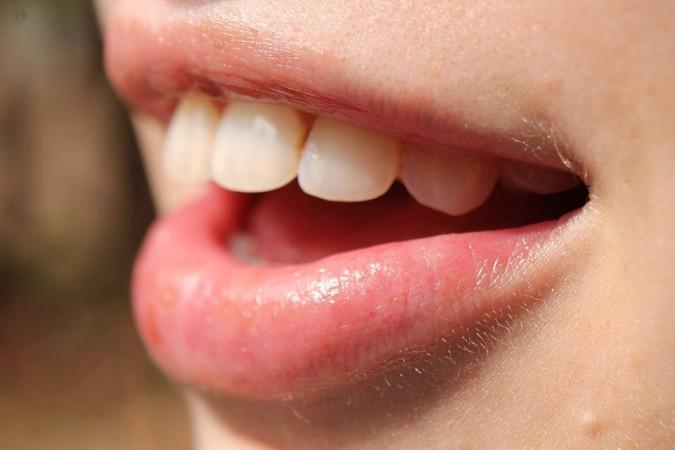As the COVID-19 pandemic has progressed, the infectivity of the SARS-CoV-2 coronavirus has left the scientific community astounded. While the viral infection predominantly affects the lungs, the virus has been found to infect other organs as well. This includes the heart, kidneys, stomach, and eyes. Now, scientists have found that the notorious pathogen can infect the salivary glands and replicates within them.
According to the study by researchers from the University of São Paulo's Medical School (FM-USP), analysis of samples obtained from three kinds of salivary glands during the autopsy of patients who died of COVID-19 revealed that tissues specializing in the production and secretion of saliva are reservoirs for the spiked-coronavirus. The study was published in the Journal of Pathology.
"This is the first report of a respiratory virus's capacity to infect and replicate in salivary glands. Until now it was thought that only viruses that cause highly prevalent diseases such as herpes used salivary glands as reservoirs. The discovery may help explain why SARS-CoV-2 is so infectious," said Bruno Fernandes Matuck, first author of the study, in a statement.
Viral RNA In Salivary Tissues

An older study by the same team had demonstrated that viral RNA from SARS-CoV-2 was present in the periodontal tissue—specialized tissues that support the teeth and surround it—of patients who succumbed to COVID-19. Since the novel coronavirus (in comparison to other respiratory viruses) is highly infectious, the authors floated a hypothesis.
They postulated that the virus may be able to replicate within the cells in the salivary glands, and can exist in the saliva without making contact with lung and nasal secretions. The SARS-CoV-2's preferred target—the ACE2 (Angiotensin-converting enzyme 2) receptor—was found in the ducts of the salivary glands during the previous research.
The ACE2 receptor is an enzyme that is found on the surface of certain cell types. It is used by the 'spike' of the novel coronavirus to invade cells and infect them. Recent animal studies have learnt that other than the ACE2, the virus also uses other enzymes such as TMPRSS2 (transmembrane serine protease 2) and furin. Interestingly, both the receptors are present within salivary glands.
SARS-CoV-2 In Salivary Glands

In order to put their hypothesis to the test in humans, the researchers conducted ultrasound-guided autopsies on 24 patients (13 females and 11 males) who died due to COVID-19. The mean age was 53.12 years. They extracted tissue samples from the submandibular, parotid, and minor salivary glands. The collected samples were subjected to RT-PCR (reverse transcription-polymerase chain reaction). This identified the presence of the coronavirus in over two-thirds of the samples.
Next, the authors used immunohistochemistry to detect the virus. It is a kind of immunostaining where antibodies bind with antigen in the sample, and a dye is activated. This helps in viewing the antigen under the microscope. The staining revealed the presence of the coronavirus in the examined tissues. According to the team, the findings helps in explaining the reason behind the abundance of the SARS-CoV-2 in saliva; which has inspired researchers to develop diagnostic tests that rely on saliva for the diagnosis of COVID-19.
Lastly, analysis using an electron microscope found not only the presence of the coronavirus but also its multiplication within cells, and the set of organelle it used for the replication process. "We observed several viruses clustering in salivary gland cells, which showed that they were replicating there. They weren't in these cells passively," explained Matuck.
Mouth A Route of Entry?

Building on the findings of the study, the team intends to ascertain whether the mouth can act as a direct point of entry for the novel coronavirus. This is because both TMPRSS2 and ACE2 are present in several parts of the oral activity, oral mucosa, and gum tissue. Additionally, the mouth also possesses a bigger contact area than the nasal cavity, which has been accepted as the primary route of entry of the pathogen.
"We're going to partner with researchers at the University of North Carolina in the United States to map the distribution of these receptors in the mouth and quantify viral replication in oral tissues," stated Dr. Luiz Fernando Ferraz da Silva, principal investigator for the study.
Also, the researchers aim to learn whether the concentration of ACE2 receptors in the mouths of older individuals is larger in comparison to younger people, as the secretion of saliva decreases with age. The authors noted that there was a high viral load in older patients who had less salivary tissue. "These patients had almost no salivary tissue, almost only fatty tissue. Even so, viral load was relatively high," concluded Matuck.














